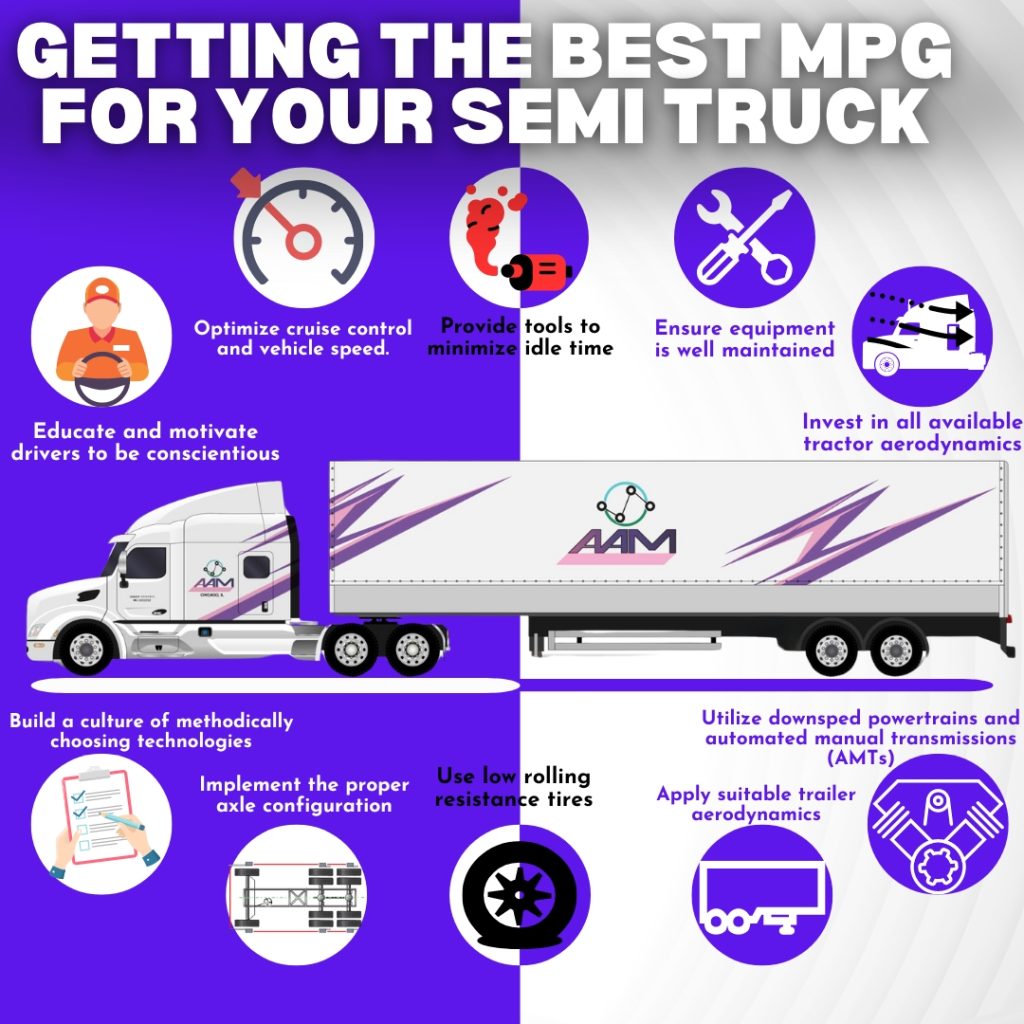
Learn how to enhance fuel efficiency in semi trucks with this comprehensive guide. Discover the best practices, innovative technologies, and strategic planning needed to cut fuel costs and promote environmental sustainability in the transportation industry.
Introduction
In the face of rising fuel costs, trucking companies and owner-operators are continually seeking methods to improve their operational efficiency and reduce expenses. Fuel efficiency not only impacts the bottom line but also contributes significantly to environmental sustainability by reducing emissions. This article delves into the multifaceted approach to boosting fuel efficiency in semi trucks, covering everything from vehicle maintenance and driver training to the latest advancements in truck technology.
How to Boost Fuel Efficiency in Your Semi Truck
Understanding the Impact of Fuel Costs on Trucking
Fuel expenses represent a major portion of operational costs in the transportation industry. With fuel prices fluctuating frequently, it’s crucial for businesses to adopt strategies that mitigate these costs effectively.
Best Practices for Improving Fuel Efficiency
Implementing best practices in fuel management can significantly enhance your fleet’s fuel efficiency. These practices not only cut costs but also improve the overall operational effectiveness of your fleet.
Vehicle Maintenance
Proper vehicle maintenance is foundational to ensuring optimal fuel efficiency. Here are some maintenance tips that can help:
- Adherence to Maintenance Schedules: Follow the manufacturer’s recommended preventative maintenance timelines to keep the truck in prime condition.
- Body and Aerodynamics: Promptly repair any body damage to maintain vehicle aerodynamics and reduce drag.
- Tire Maintenance: Regularly check and maintain tire pressure according to manufacturer guidelines to optimize fuel consumption.
- Regular Filter Changes: Changing oil and air filters regularly can significantly improve engine efficiency and reduce fuel usage.
Driving Techniques
The way a truck is driven can heavily impact its fuel efficiency. Training drivers on fuel-saving techniques is crucial:
- Minimize Idling: Train drivers to reduce idle times, using auxiliary power units (APUs) or other idle management technologies.
- Use of Cruise Control: Encourage drivers to utilize cruise control during highway driving to maintain a steady speed, reducing fuel consumption.
- Smooth Driving: Educate drivers on the benefits of smooth acceleration and braking, and the use of high gears.
Fuel-efficient Route Planning
Choosing the right route can save a significant amount of fuel. Here’s how you can optimize your routes:
- Traffic and Road Conditions: Select routes with less traffic and better road conditions to reduce idling and stop-and-go driving.
- Real-time Route Optimization: Use GPS and route planning software to find the most efficient routes and make real-time adjustments as needed.
Aerodynamic Modifications
Enhancing the aerodynamics of your fleet can lead to substantial fuel savings:
- Aerodynamic Equipment: Install equipment like gap reducers, side skirts, and rear fairings to reduce drag.
- Tractor and Trailer Design: Opt for tractors and trailers with aerodynamic designs to enhance fuel efficiency.
Advanced Technologies for Fuel Efficiency
Embracing new technologies can provide further improvements in fuel efficiency:
- Downsped Powertrains: These powertrains are designed to operate at lower speeds, reducing fuel consumption.
- Automated Manual Transmissions (AMTs): AMTs optimize gear shifts and can significantly improve fuel efficiency.
- Hybrid and Electric Powertrains: Consider hybrid or fully electric trucks as they offer reduced fuel costs and emissions.
- Telematics Systems: These systems monitor vehicle performance and provide data to optimize driving habits and routes.
Choosing the Most Fuel-efficient Semi Truck
When selecting a semi truck, consider several factors to ensure you are choosing the most fuel-efficient model:
- Fuel Efficiency Ratings: Use resources like the US Department of Energy’s fuel economy guide to compare different models.
- Vehicle Specifications: Consider factors like engine size, transmission efficiency, weight, and aerodynamics.
Partnering for Innovation
Collaborating with manufacturers and research firms can provide access to cutting-edge fuel efficiency technologies at a lower cost. Partnerships can also foster innovation and provide tailored solutions that meet specific operational needs.
Conclusion
Boosting fuel efficiency in semi trucks is crucial for reducing operational costs and enhancing sustainability in the transportation industry. By implementing best practices, leveraging new technologies, and choosing the right vehicles, businesses can achieve significant improvements in fuel efficiency.
